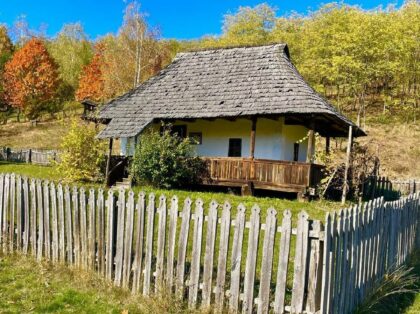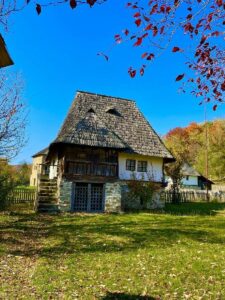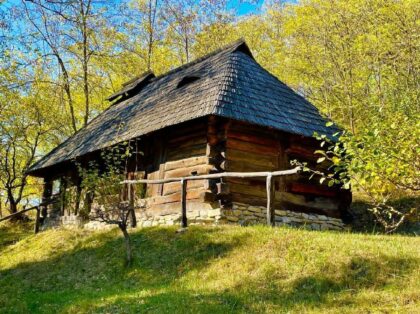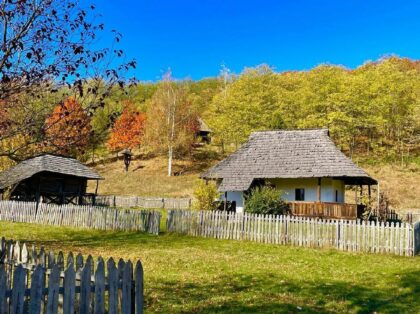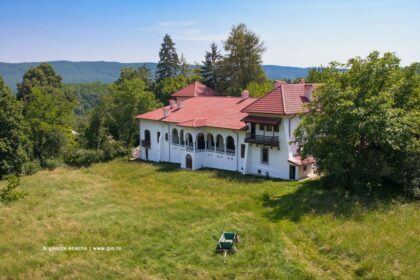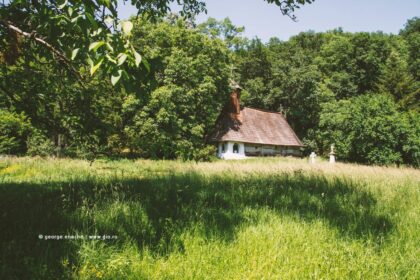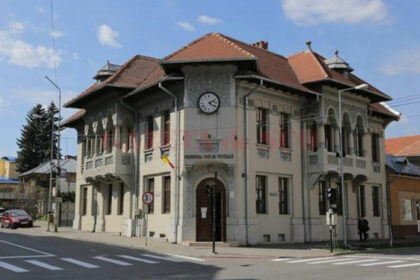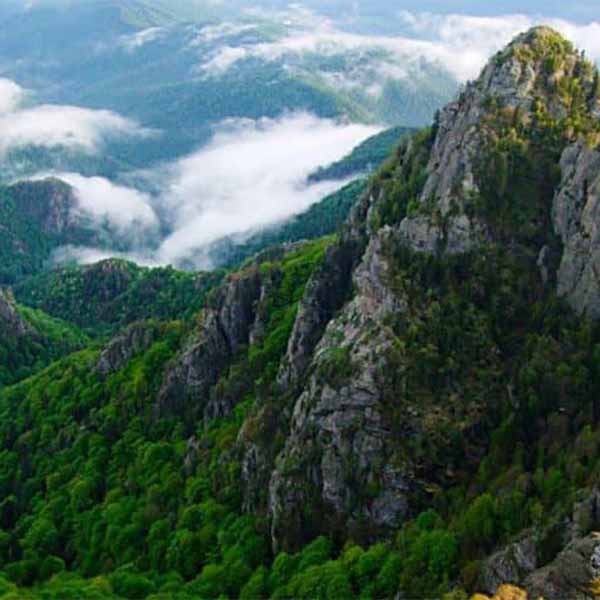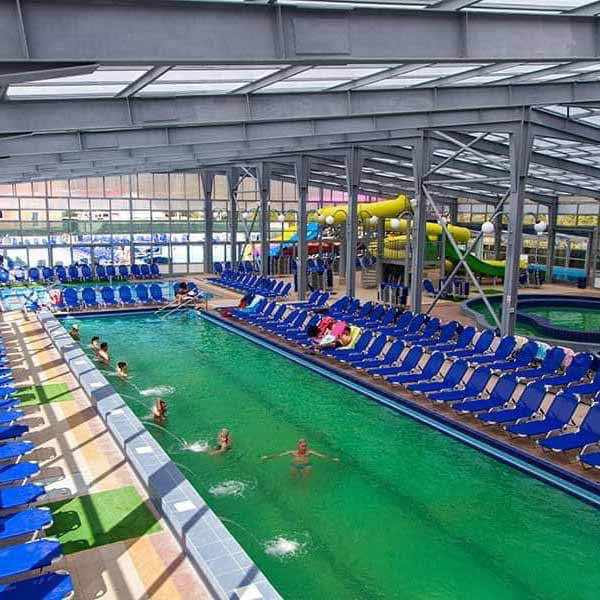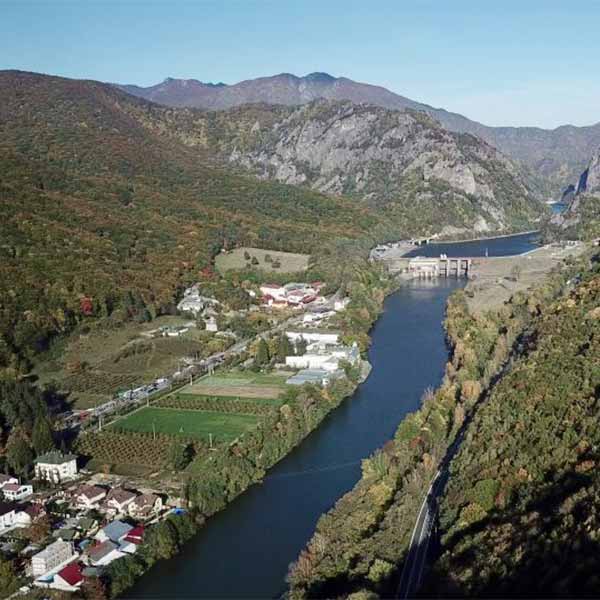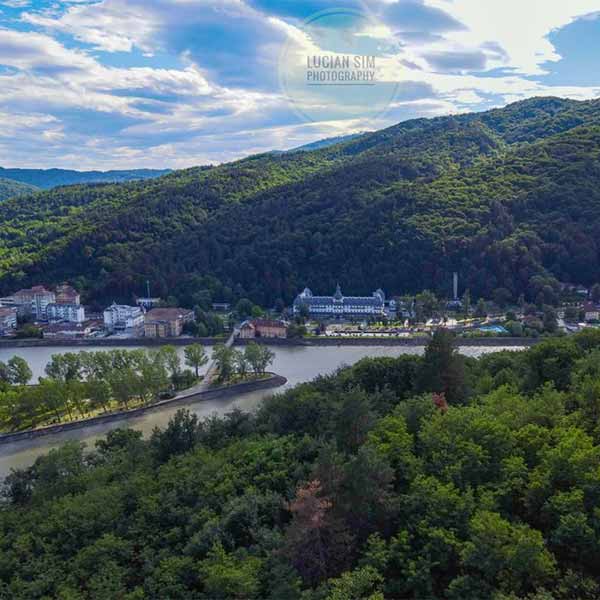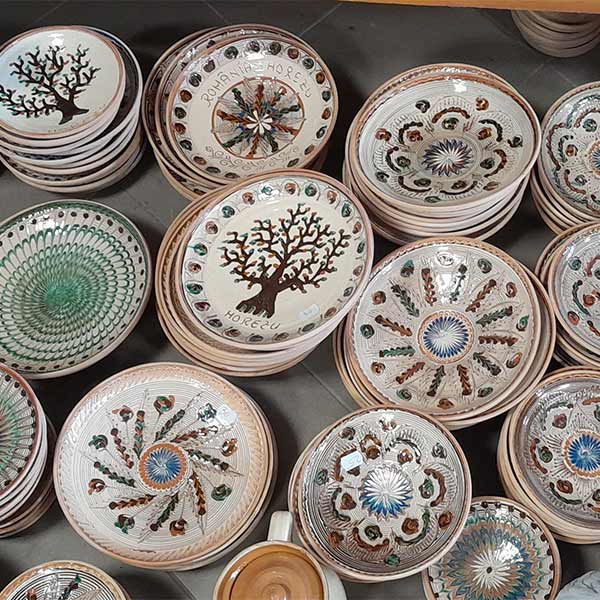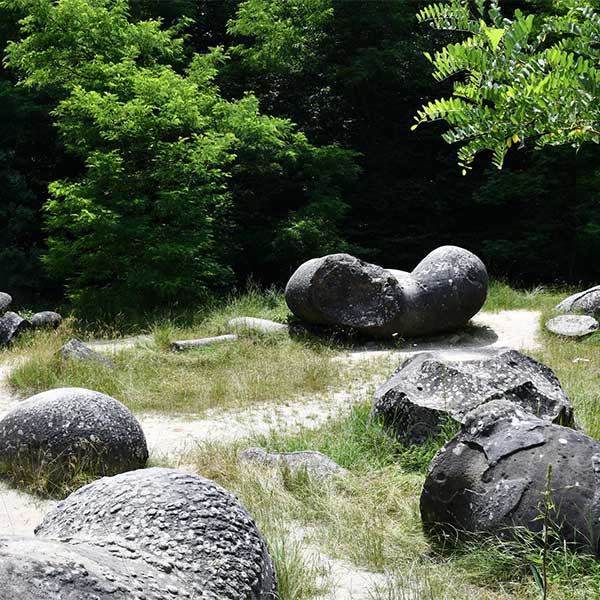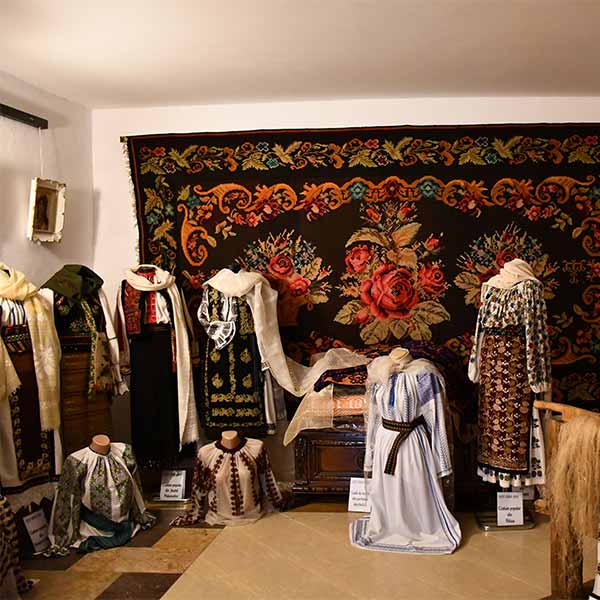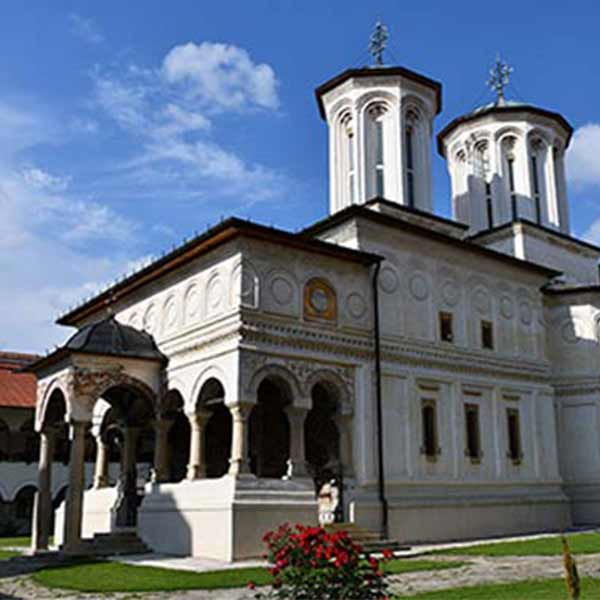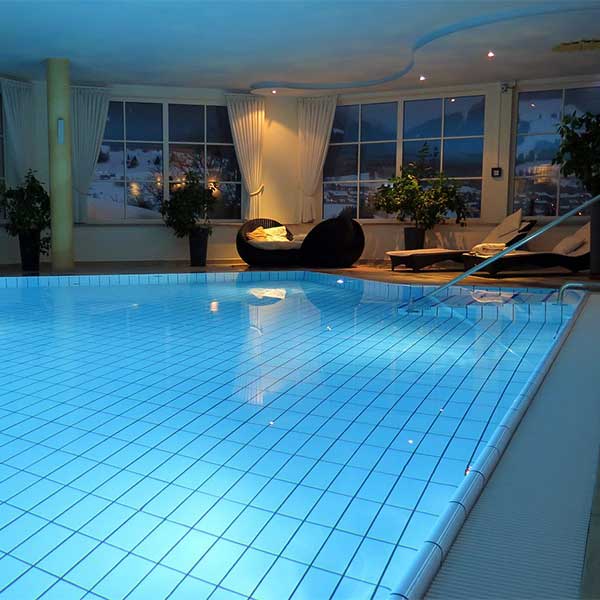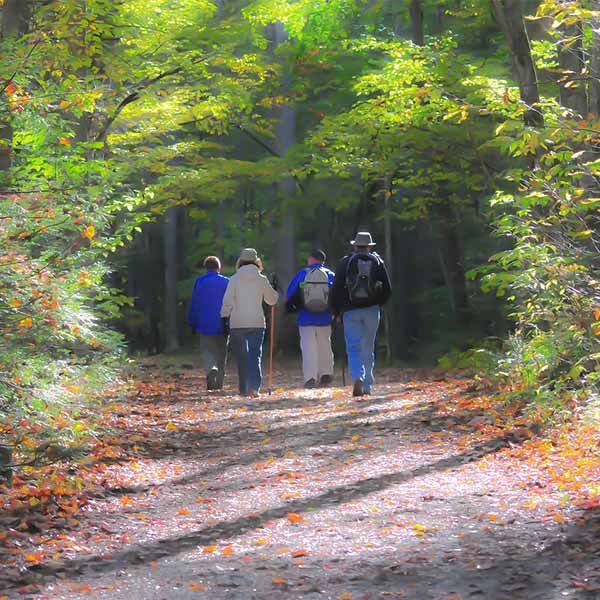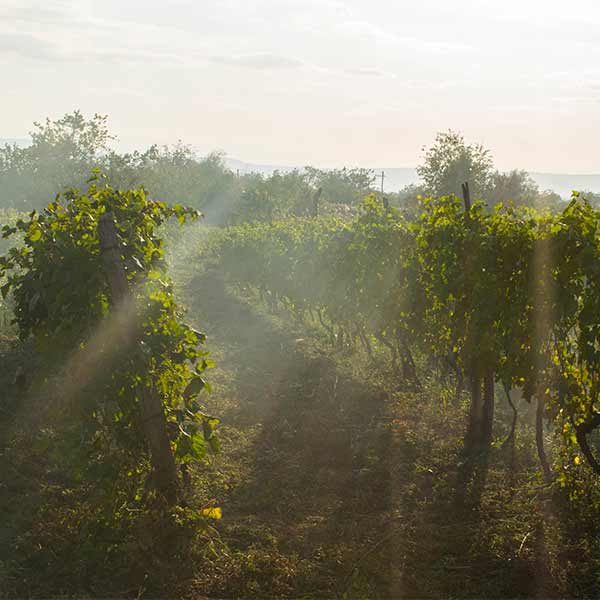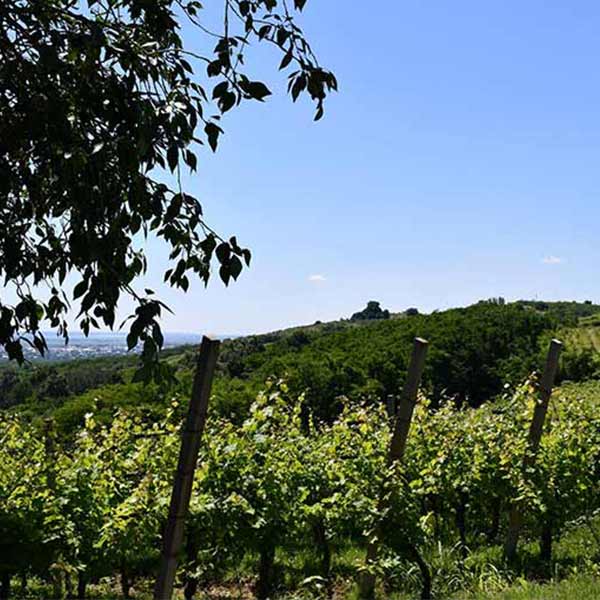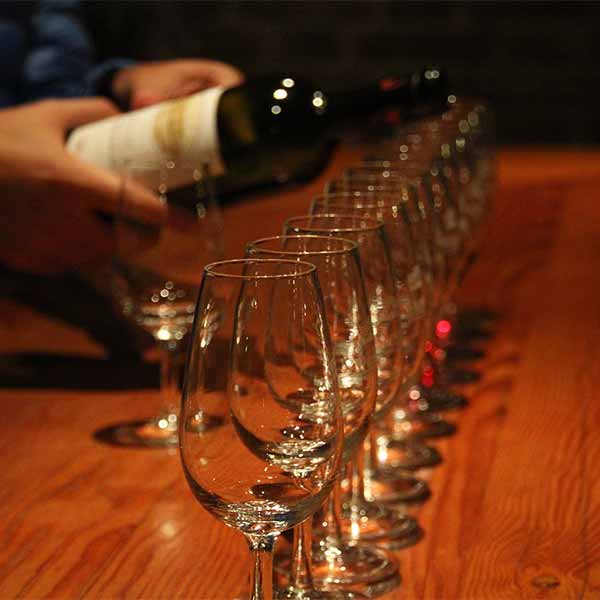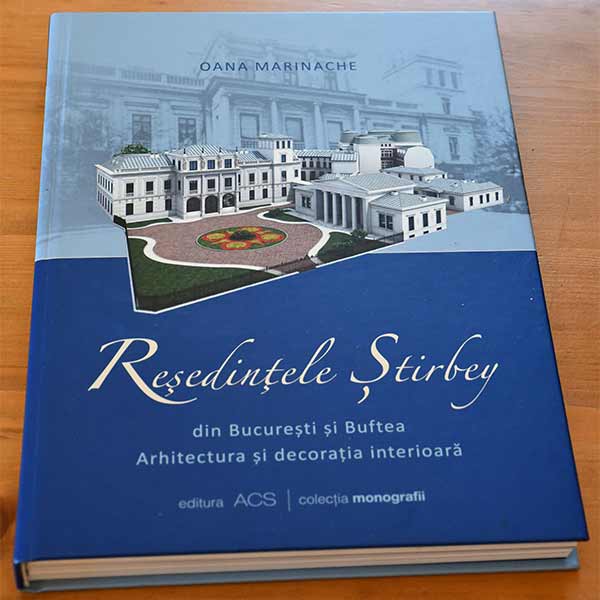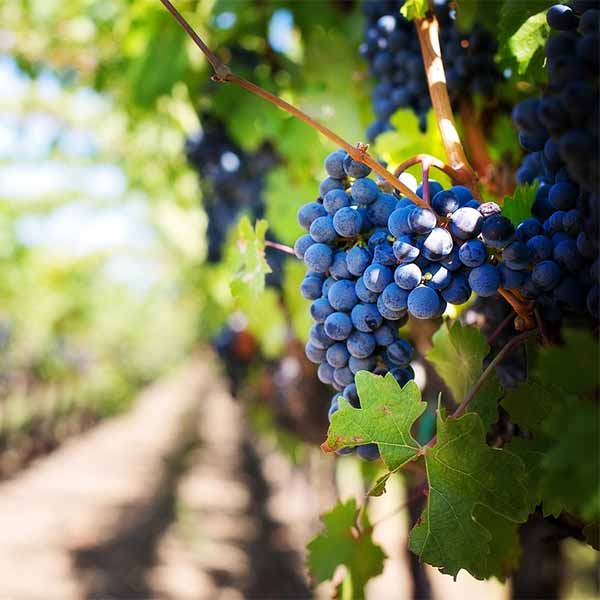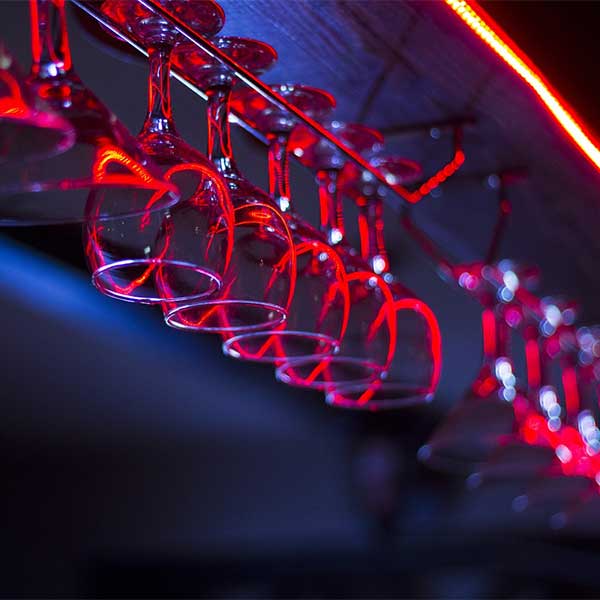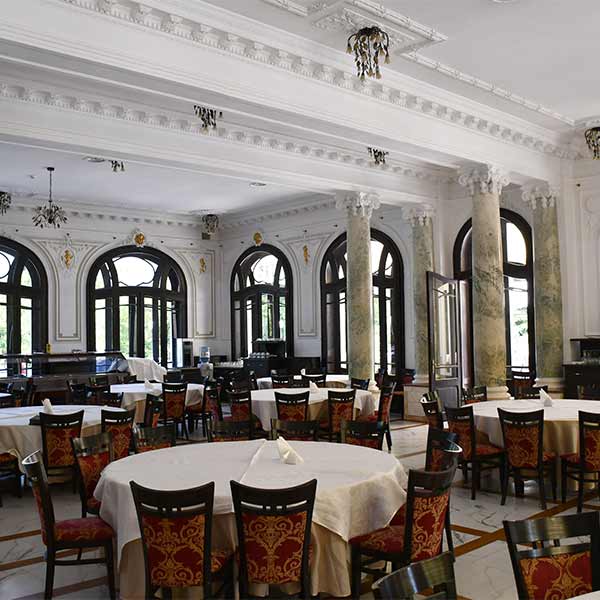
Museums
Valcea Village Museum
The Village Museum of Valcea is an open-air ethnographic museum built on an area of 8 hectares, opened in 1974 in Bujoreni, Valcea. Founded in 1969 and opened to the public in 1974, the museum is located on the border of the municipality of Râmnicu Vâlcea and the commune. Covering an area of 8 hectares, the village-museum (comprising almost 80 architectural constructions and around 12,000 museum pieces) reconstructs the functional image of a traditional rural settlement, with all its social-cultural institutions.
Museum “Nicolae Bălcescu”
In 1968, on Topologului Valley, in the village where the family of the great revolutionary, historian and patriot traces its roots, a museum dedicated to his memory was opened in the building that in 1948 Radu Mandrea donated to the state in honour of Nicolae Balcescu to be “a place of remembrance and study”.
Wine Museum in Dragasani
“Anton Pann” Memorial House
The “Anton Pann” Memorial House is a memorial museum based in the village of Șindrilița in Valcea county. Anton Pann was a 19th century Romanian poet, folklorist and musician, known for his contribution to Romanian literature and for his musical compositions. The “Anton Pann” Memorial House was established in 1965 in Anton Pann’s parental home. The museum houses personal objects, documents and manuscripts illustrating Anton Pann’s life and work, as well as a collection of traditional Romanian musical instruments.
Art Museum “Casa Simian”
The Art Museum “Casa Simian” is a county museum in Râmnicu Vâlcea, located at 25 Carol I Street. The building that houses the Art Museum belonged to the family Nae and Tita Simian, originally from Săliștea Sibiului, owners of a shoe factory in Râmnicu Vâlcea, in the mid-20th century.
The permanent exhibition of the Museum of Art brings together valuable works of Romanian painting and sculpture, belonging to renowned artists of the late nineteenth century.
“Alexandru Bălintescu” Art Collection
The “Alexandru Bălintescu” Art Collection is a county museum in Costești, located in the “Constantin Popian” Cultural Centre. The art collection was donated to the native town in 1970 by Alexandru Bălintescu and is exhibited in four rooms on the floor of the “Constantin Popian” Cultural Centre in Costești.
Museum of Archaeology and Religious Art “Gheorghe Petre”
The Museum of Archaeology and Religious Art “Gheorghe Petre” is a county museum in Baile Govora, located in the renovated premises of the former Villa Alexandru Iliescu located at 14 Sfatului Street. It was founded in 1974 through a donation made by the priest Gheorghe Petre from Govora Sat, a self-taught archaeologist.
“Aurelian Sacerdoțeanu” County Museum Valcea
The “Aurelian Sacerdoteanu” County Museum is a county museum in Râmnicu Vâlcea. It is housed in a building built in 1898, architecturally renovated between 1978 and 1981 and declared an architectural monument.
The collections of the permanent exhibition are arranged chronologically, revealing to visitors years of uninterrupted life on these sites, which stretch along the Olt valley at the foot of the Carpathians. The permanent exhibition opens with archaeological artefacts from the Palaeolithic, Neolithic and Bronze Ages displayed in a modern graphic design. From the period of the Roman conquest, the exhibition highlights the reconstructed archaeological sites of Stolniceni, Ocnita, the Roman castrum Arutela – Căciulata and the hoard of imperial silver coins discovered at Pădurețu (Băbeni).

